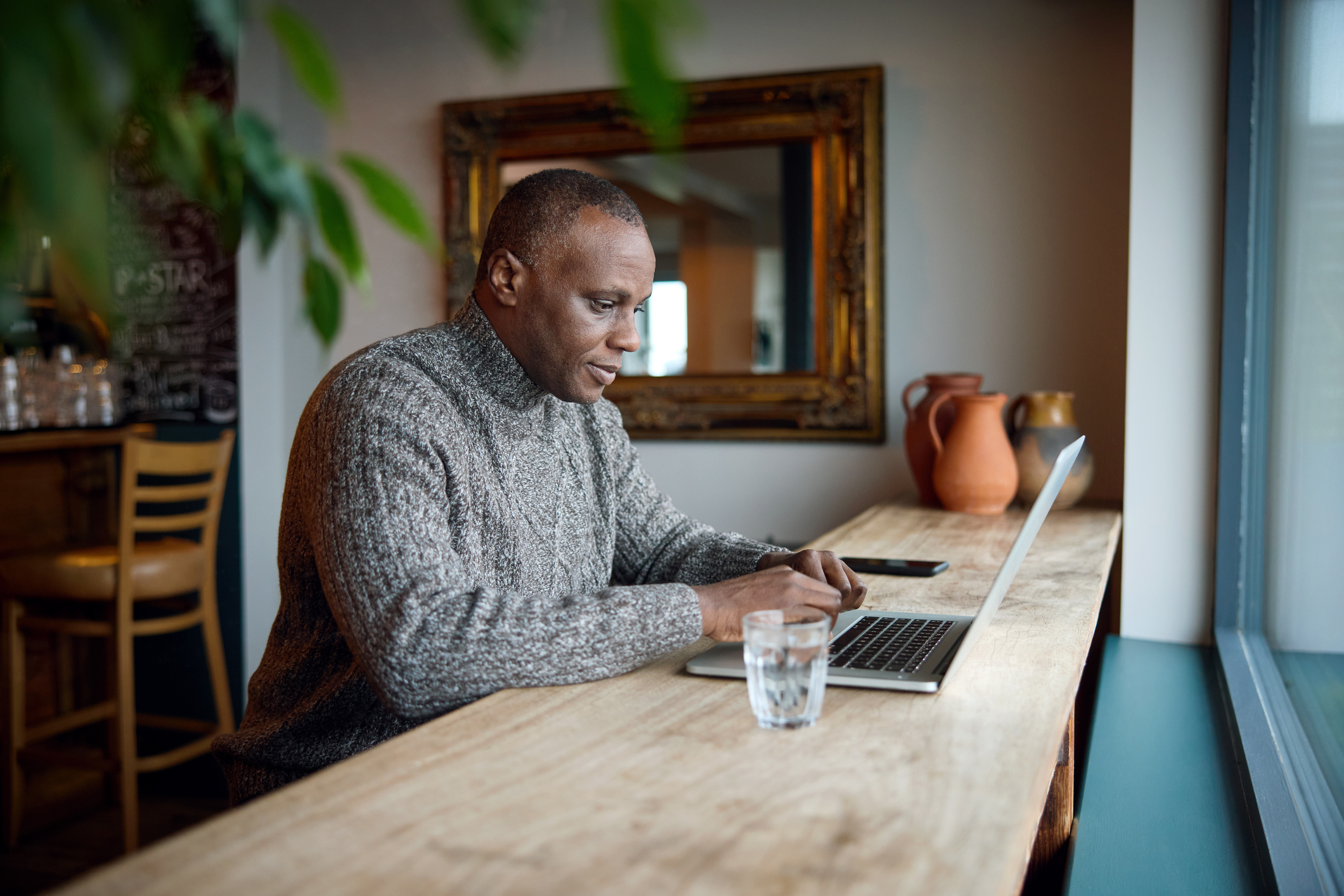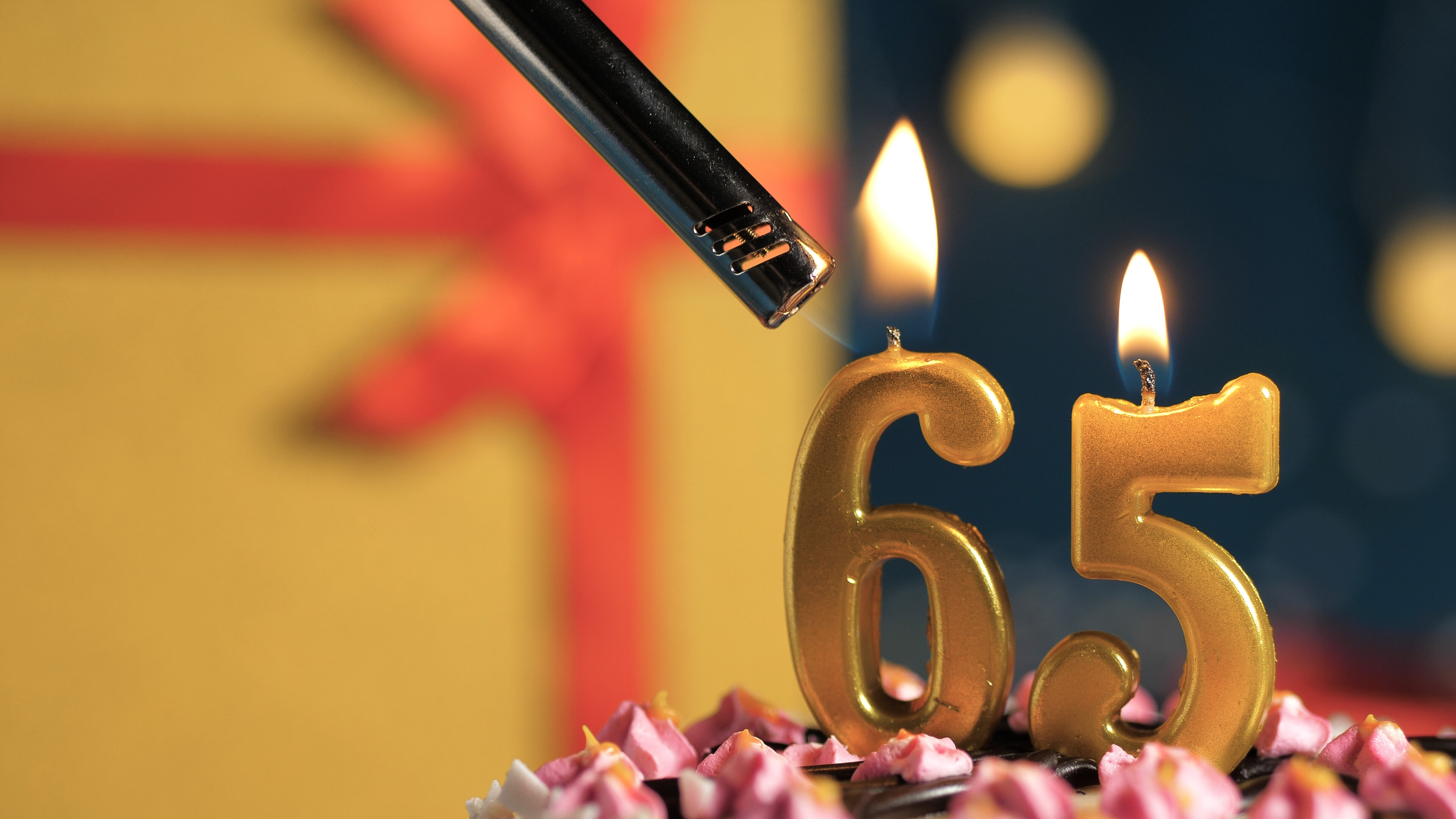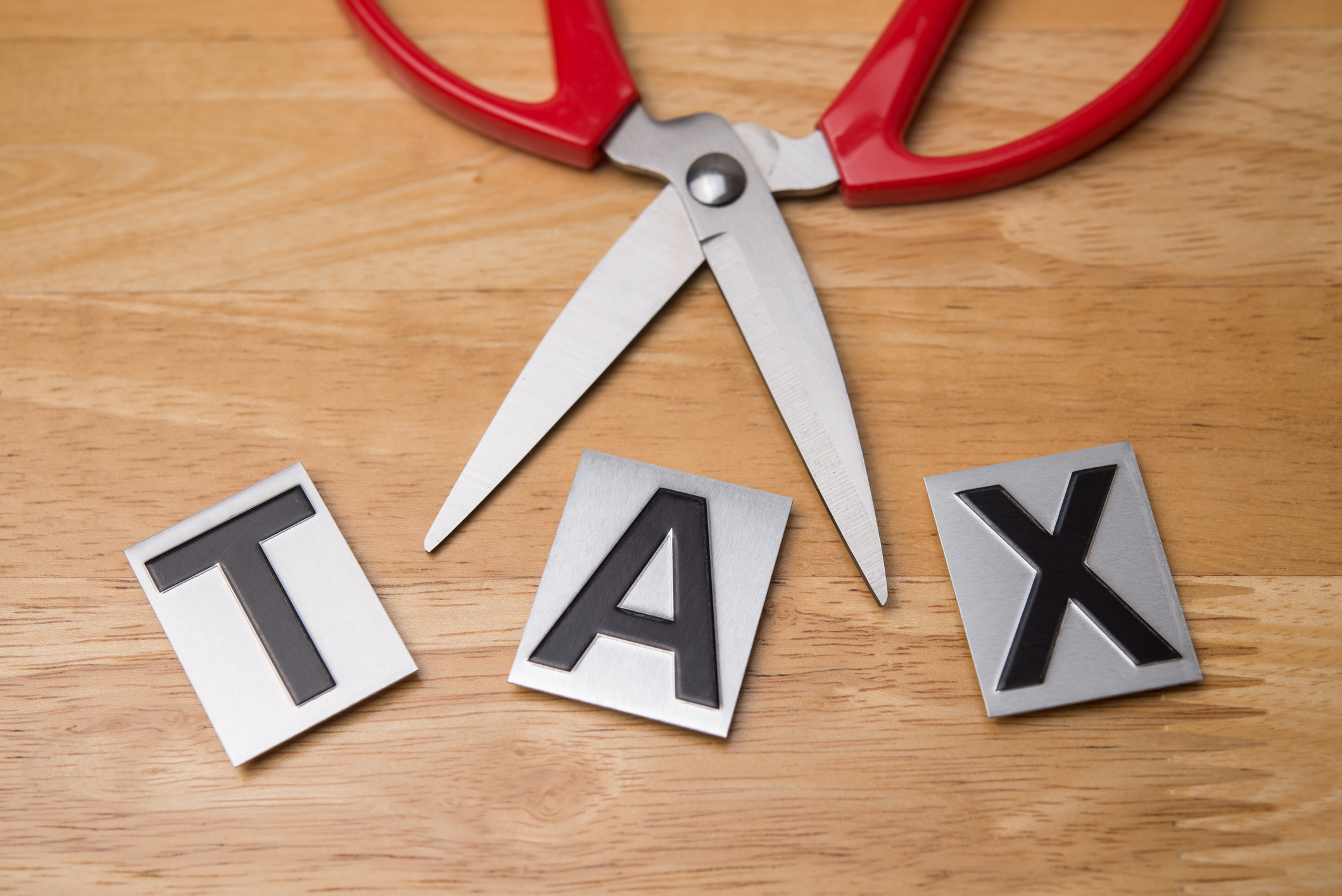Here's How the Child Tax Credit 2025 Amount Is Increasing Under Trump
President Trump’s ‘One Big, Beautiful Bill’ changes the federal child tax credit. Here's how.


On July 4, 2025, President Donald Trump signed the GOP's long-anticipated tax cuts and spending package, and it includes changes to the federal child tax credit (CTC).
At the centerpiece of the legislative tax proposal known as the “One Big Beautiful Bill (OBBB) makes Trump’s 2017 Tax Cuts and Jobs Act (TCJA) permanent. The bill also increases the CTC from its current top rate of $2,000 to $2,200 starting this year, in 2025. Recipients must have a Social Security number.
Also, the maximum amount of the refundable portion of the child tax credit wouldn't exceed $1,400 per qualifying child, subject to inflation.
From just $107.88 $24.99 for Kiplinger Personal Finance
Become a smarter, better informed investor. Subscribe from just $107.88 $24.99, plus get up to 4 Special Issues

Sign up for Kiplinger’s Free Newsletters
Profit and prosper with the best of expert advice on investing, taxes, retirement, personal finance and more - straight to your e-mail.
Profit and prosper with the best of expert advice - straight to your e-mail.
The TCJA previously raised the CTC temporarily from $1,000 per child to $2,000 through 2025. For the 2024 tax year (returns just filed in April), eligible families could receive a refundable credit worth up to $1,700.
Here’s more of what you need to know.
New CTC amounts for 2025
The newly enacted "One Big Beautiful Bill" increases the child tax credit to $2,200 starting in 2025. As mentioned, the measure indexes the amount of inflation starting next year.
Claimants must have a Social Security number to qualify. Additionally, the maximum refundable portion of the CTC is $1,400 (indexed to inflation).
New child tax credit limits accessibility
What does the Social Security Number (SSN) requirement look like for mixed-status households?
Currently, the CTC is available for dependent children if the children are U.S. citizens, regardless of the parents' citizenship status. This includes lawful residents and undocumented immigrants.
The new rule requires that taxpayers (and their spouses, if married and filing jointly) have their work-eligible SSN to claim the CTC. In other words, if one parent doesn't have an SSN, the family won't be able to claim the federal child tax credit.
The Center for Migration Studies estimates that over 4.5 million children, the majority of whom are citizens, would no longer be eligible for the credit under the OBBB.
- This means that nearly 1 million children in California could no longer be eligible for the federal CTC due to one parent lacking a Social Security Number.
- In Texas, some 875,000 children could also be blocked from receiving the credit.
- In Florida, an estimated 247,000 children would be ineligible for the CTC.
Previous child tax credit amount
Before the OBBB, eligible families could claim a federal child tax credit worth up to $2,000 per child under age 17. If the credit surpassesed your tax liability, you could receive some or all the difference as a refundable credit.
- The refundable portion of the CTC (known as the Additional Child Tax Credit or ACTC) was worth 15% of a family’s earnings above $2,500, up to a maximum of $1,700 per child for tax year 2024.
- The credit phased down once a household income surpasses $200,000 for single parents or $400,000 for married couples.
Additionally, the 2017 TCJA (Trump's first set of tax cuts) included a $500 nonrefundable credit for families with older children and adult dependents, which was subject to the same CTC phased-out rules. That is known as the “Other Dependent Tax Credit” or ODCT.
Leaving low-income children out
While tax package increases the value of the child tax credit above $2,200 per child, tax policy analysts warn that millions of children are forgotten.
The failure to make changes to the structure of the credit would “largely leave low-income children out,” according to an analysis by the Tax Policy Center. Some 17 million children, or one in four, would continue to receive less than the full tax credit or no credit at all due to their family's income.
Families that earn less than $2,500 effectively receive no credit under the CTC. If a family owes little or no federal income tax, the nonrefundable credit might not benefit them. (At that income level, it only reduces tax liability to zero and doesn’t generate a refund.)
The current structure of the credit phases in at a rate of 15 cents for each dollar, regardless of the number of qualifying children in the family.
Child tax credit increase: Bottom line
As the Republican-led Congress moves forward with implementing their tax plan, advocates of the CTC, like Robert Greenstein, founder and former president of the Center on Budget and Policy Priorities (CBPP), warn that there are still ways to improve the child tax credit framework.
“Depending on how such changes are crafted, they could either help children in lower-income working families or bypass them while favoring children in families higher on the income scale, with incomes of up to half a million dollars a year,” wrote Greenstein for the Brookings Institution.
Stay tuned to our coverage to see how those changes will impact you and your family.
Related
- Child Tax Credit: How Much Is It for 2025?
- States That Offer a Child Tax Credit
- Trump’s ‘One Big, Beautiful Bill’ With Trillions in Tax Cuts: GOP Plan Revealed
- Three Major 2025 Tax Changes for Parents in 'Big Beautiful Bill'
Profit and prosper with the best of Kiplinger's advice on investing, taxes, retirement, personal finance and much more. Delivered daily. Enter your email in the box and click Sign Me Up.

Gabriella Cruz-Martínez is a finance journalist with 8 years of experience covering consumer debt, economic policy, and tax.
Gabriella’s work has also appeared in Yahoo Finance, Money Magazine, The Hyde Park Herald, and the Journal Gazette & Times-Courier.
As a reporter and journalist, she enjoys writing stories that empower people from diverse backgrounds about their finances, no matter their stage in life.
-
 4 Great Tools to DIY Your Own Financial Plan
4 Great Tools to DIY Your Own Financial PlanSmart Savings Several tools picked out by Kiplinger that DIYers can use to make their own financial plan.
-
 The 7-Month Deadline That Sets Your Lifetime Medicare Premiums
The 7-Month Deadline That Sets Your Lifetime Medicare PremiumsUnderstanding Medicare enrollment is crucial, as missing deadlines can lead to permanent late enrollment penalties and gaps in coverage.
-
 Retirees Living in Portugal: You Need a Post-NHR Tax Strategy
Retirees Living in Portugal: You Need a Post-NHR Tax StrategyWhen your 10-year Non-Habitual Resident tax break ends, you could see your tax rate soar. Take steps to plan for this change well before the NHR window closes.
-
 Law Reversal Looming? Trump Eyes 2026 Gambling Winnings Tax Change
Law Reversal Looming? Trump Eyes 2026 Gambling Winnings Tax ChangeTax Deductions It's no secret that the IRS is coming after your gambling winnings in 2026. But how long will that last?
-
 Trump's Plan to Eliminate Income Tax: 7 Things to Know Now
Trump's Plan to Eliminate Income Tax: 7 Things to Know NowTax Policy The potential consequences of eliminating taxes in favor of Trump tariffs could impact everything from inflation to Social Security and might give some U.S. taxpayers pause.
-
 5 Types of Gifts the IRS Won’t Tax: Even If They’re Big
5 Types of Gifts the IRS Won’t Tax: Even If They’re BigGift Tax Several categories of gifts don’t count toward annual gift tax limits. Here's what you need to know.
-
 The 'Scrooge' Strategy: How to Turn Your Old Junk Into a Tax Deduction
The 'Scrooge' Strategy: How to Turn Your Old Junk Into a Tax DeductionTax Deductions We break down the IRS rules for non-cash charitable contributions. Plus, here's a handy checklist before you donate to charity this year.
-
 IRS Says You Made a Tax Return Mistake? A New Law Could Help You Fight Back
IRS Says You Made a Tax Return Mistake? A New Law Could Help You Fight BackTax Law Updated taxpayer protections change what the IRS must explain on error notices and how long you have to respond.
-
 Tax Refund Alert: House GOP Predicts 'Average' $1,000 Payouts in 2026
Tax Refund Alert: House GOP Predicts 'Average' $1,000 Payouts in 2026Tax Refunds Here's how the IRS tax refund outlook for 2026 is changing and what steps you can take now to prepare.
-
 New IRS Changes to FSA Contribution Limits for 2026: What to Know
New IRS Changes to FSA Contribution Limits for 2026: What to KnowHealth Care Flexible Spending Accounts have tax advantages worth looking into, especially in light of new IRS changes.
-
 Is a New $25,000 Health Care Tax Deduction Coming in 2026?
Is a New $25,000 Health Care Tax Deduction Coming in 2026?Tax Policy A proposal from GOP Sen. Josh Hawley adds to the chatter about health care affordability.